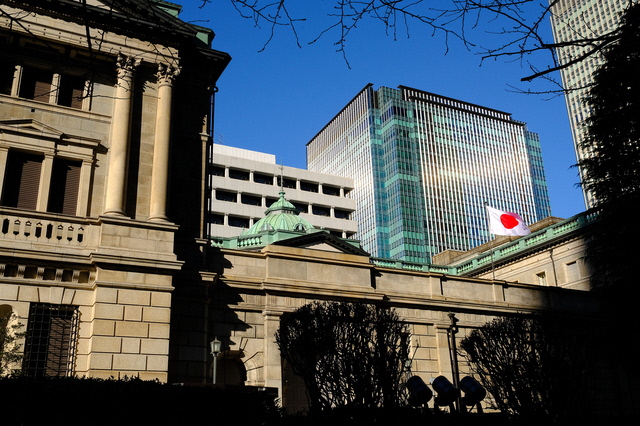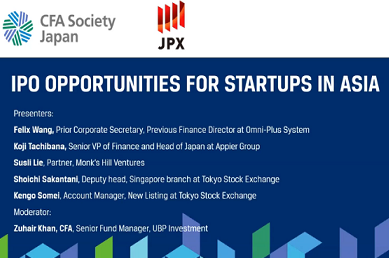Insights
Domestic Money, Focus on US government bonds, Investment opportunities in the final stages of rate hikes

Domestic investors are redirecting money into US bonds. During the January-June period, net long position prices for US and Chinese long-term bonds reached more than 13 trillion yen, the largest semiannual price ever recorded. The investment interest rate hike cycle has entered its final stages, which has increased the appeal of the investment. However, with the BOJ‘s policy revisions making JGBs more attractive, a return of funds to yen bonds is expected in the second half of the year. This is likely to be a factor in shaking up foreign interest rates and other factors.
According to the Treasury Department’s Outward / Inward Securities Investment report, the US overbought amount (the difference between the amount acquired and the amount disposed) for medium- and long-term bonds amounted to 13,581.8 billion yen in the period from January to June. This was the largest net long position range on record for a half year since 2014, which can be traced back to the beginning of the year.
In 2022, when interest rates rose worldwide, domestic investors were required to sell foreign bonds with unrealized losses. With respect to US and Chinese long-term bonds, the largest ever was 15.6657 trillion yen430 billion yen put in a net short position. In the first half of 2023 alone, it expects to have bought back nearly 90% of what it had in net short positions in the previous year.
The balance of holdings is also enormous. According to the United States Department of the Treasury, domestic holdings of US government bonds are among the highest in the world at about $1.09 trillion (about 160 trillion yen) as of May.
Looking outside the US, investment in Australian medium- and long-term bonds was also active. The overbought amount for the January-June period was 614.4 billion yen, about 1.5 times the 411.7 billion yen that was in the net short position in 2022. On the other hand, they were cautious about investing in European bonds. The overbought amount for the January-June period was 312.6 billion yen, only 7% of the 427.5 billion yen that was in a net short position in 2022.
At the root of the regional divide between good and bad is the difference in interest rate hike cycles between the US, Australia, and Europe.
In the US, where the Fed (Federal Reserve) has decided to raise interest rates in March 2022, the policy rate will rise by about 4% in less than a year to the end of 2022. Australia, which began raising interest rates in May 2022, also raised its policy rate by 3% by the end of 2022. The rapid rate hikes and slowing inflation led many to believe that the two countries would stop raising interest rates earlier than most developed countries.
In contrast, the European Central Bank (ECB) did not raise interest rates until July 2022. Inflation will hover at a high level to the current level, which is particularly slow among major economies. “With uncertainty over how far the ECB will continue to raise interest rates, the risk of higher interest rates made it difficult to get into European bonds” (Manager, Investment Operations Group, Meiji Yasuda Life Insurance Co.) Circumstances.
While it expected the same trend to continue in the second half of the year and beyond, a major variable has emerged. It is a policy modification by the Bank of Japan.
At the end of July, the BOJ flexed its short- and long-term interest rates operations (Yield Curve Control, YCC), causing yields on Japanese 10-year bonds to temporarily rise to their highest level in nine years and seven months. If yields on JGBs, which have low exchange rate risk for domestic investors, continue to rise, the shift from foreign bonds to JGBs may become clearer.
“The yield on ultra-long-term bonds has risen to a level at which they can be bought. It is a natural process to put funds back into yen bonds.” Masataka Sano, investment planning manager at Daido Life Insurance, said. With the cost of hedging to reduce the impact of exchange rate fluctuations when buying foreign bonds remaining high, it estimates that the investment appeal of yen bonds will continue to increase for the time being.
Currently, the yen is in “Given the risk of foreign exchange losses from a stronger yen going forward, it’s hard to buy open foreign bonds (that are not hedged)” (Tatsuki Nagano, president of All Nippon Asset Management, which is entrusted by a regional bank to manage the asset) phase, as the depreciation of the yen has accelerated to the 145 yen per dollar range.
In its May report on financial system stability, the ECB warned that monetary normalization in Japan could lead to lower prices for European bonds. The International Monetary Fund (IMF) also argued in April that bond markets in Europe, the US, and elsewhere could face capital outflows as a result of the BOJ‘s policy revisions. Depending on domestic developments, the global bond market could wobble.
However, domestic investors are not uniform. Koichi Sugisaki, macro strategist at Morgan Stanley MUFG Securities, says, “If there is a possibility of a reversion to yen bonds, it will be limited to life insurance companies.” Some have noted “Regression proceeds slowly over several years. It is unlikely to change dramatically in less than a year” (Yuji Yamazaki, Senior Currency and Foreign Bond Strategist at SMBC Nikko Securities Inc.).
Japan is known as the world’s largest external creditor country. Regardless of the destination of funds, domestic investors are likely to be a strong driver of global markets.
Related links






